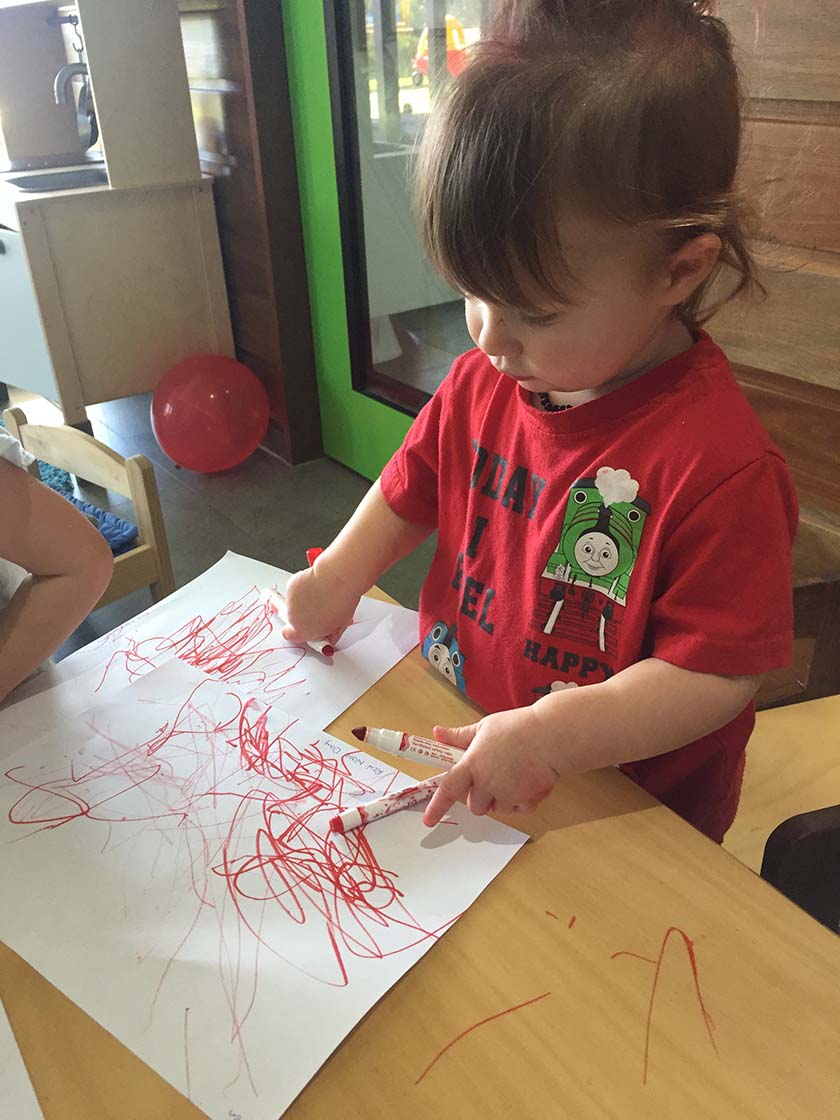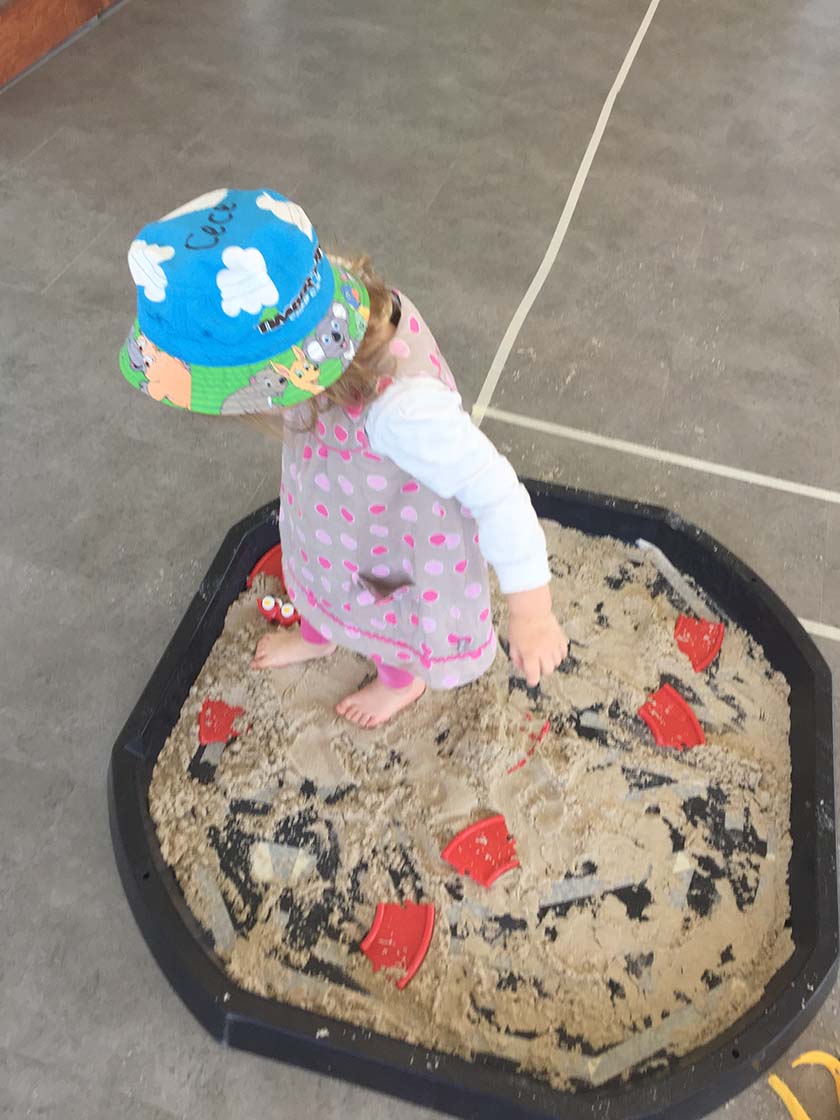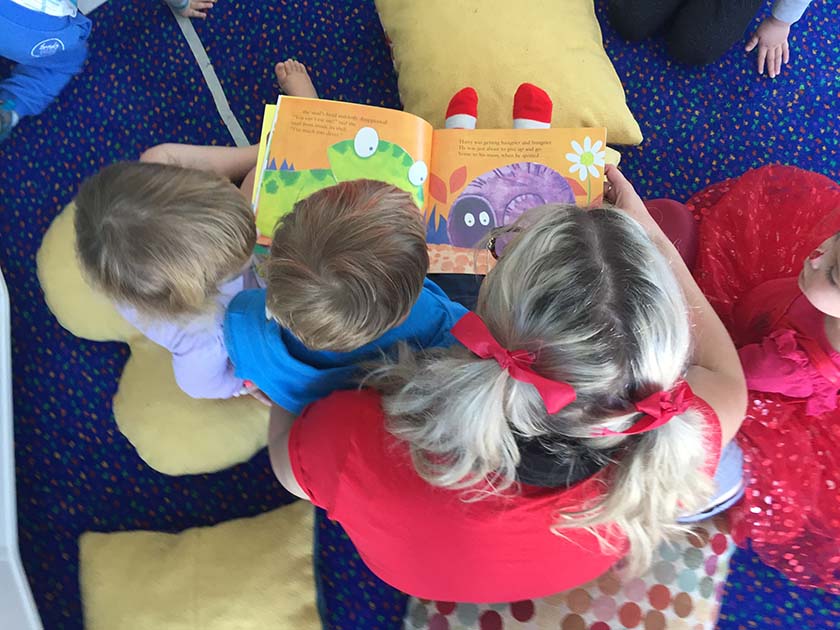Events , Parenting
|August 11, 2017| 3mins
On Friday the 30th of June 2017, we celebrated Red Nose Day.
With over 3,200 Australian families experiencing the sudden and unexpected death of a baby or child each year, Red Nose Day is an extremely important day on our calendar. Red Nose Day draws attention to Sudden Infant Death Syndrome (SIDS) and raises money each year to fund world-class research, advocacy and education.

Our Timber Tots children got dressed in red, dyed their hair, painted their noses and had a great day drawing attention to the cause. Our older rooms, (Kindergarten and Pre-Kindy) also discussed the meaning of Red Nose Day and how it impacts people every day and they decided to fund raise money for the cause by making and selling keyrings.
To further our commitment to reducing the number of SIDS cases each year, all our Educators have completed the SIDS course to understand the risk factors and ways to keep children safe during their sleep time.

SIDS is the unexplained death, usually during sleep, of a seemingly healthy baby less than a year old. Although the origin of the syndrome still remains unknown, research suggests that SIDS may be associated with abnormalities in the portion of an infant’s brain that controls breathing and arousal from sleep.
Research has also identified some measures you can take to help protect your child from SIDS. Perhaps the most important measure is placing your baby on his or her back to sleep. Other underlying conditions which attribute to SIDS include:
- Boys are more likely to die of SIDS.
- Infants are most vulnerable during the second and third months of life.
- Family history. Babies who’ve had siblings or cousins die of SIDS are at higher risk of SIDS.
- Secondhand smoke. Babies who live with smokers have a higher risk of SIDS.
- Both being born early and having low birth weight increase your baby’s chances of SIDS.
During pregnancy, the risk of SIDS is also attributed to by the mother, especially if she smokes cigarettes, uses drugs or alcohol or has had inadequate prenatal care.
There’s no guaranteed way to prevent SIDS, however you can help your child sleep more safely by following these tips:
- Back to sleep. Place your child to sleep resting on his/her back, rather than on the stomach or side. This isn’t necessary when your baby’s awake or able to roll over without help.
- Keep the crib as bare as possible. Use a firm mattress and avoid placing your baby on thick, fluffy padding, such as lambskin or a thick quilt. Don’t leave pillows, fluffy toys or stuffed animals in the crib. These may interfere with breathing if your baby’s face presses against them.
- Don’t overheat baby. To keep your baby warm, try a sleep sack or other sleep clothing that doesn’t require additional covers. If you use a blanket, make it lightweight.
- The child should sleep alone in his or her own crib, bassinet or other surface designed for infants. Adult beds aren’t safe for infants.
If you would like to find out more, or even donate, please go to www.rednose.com.au. There are some amazing resources, information, articles and education on SIDS and KIDS.

